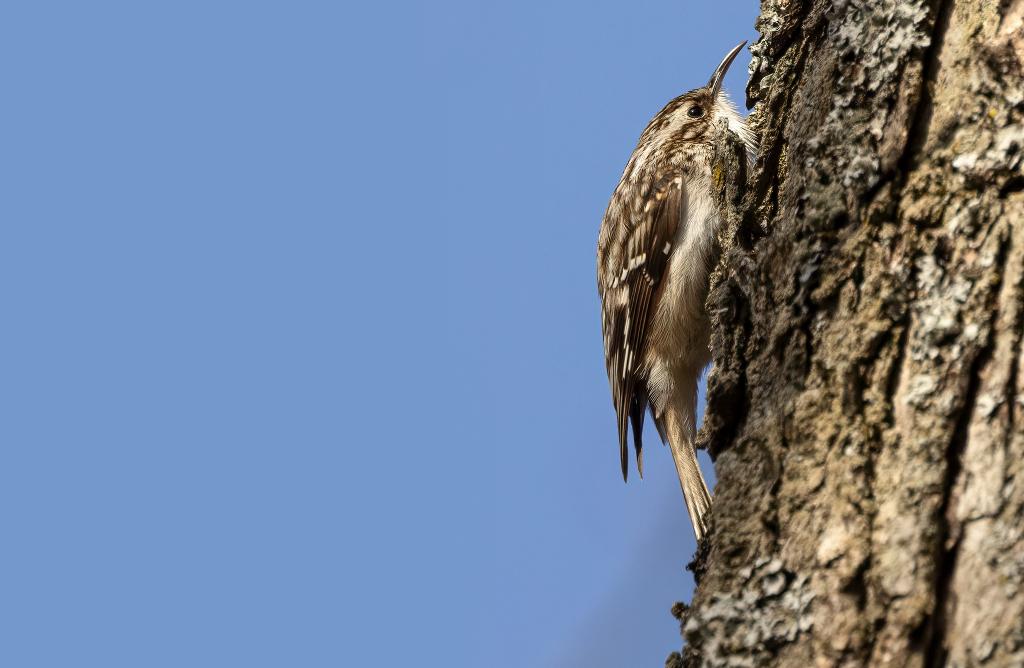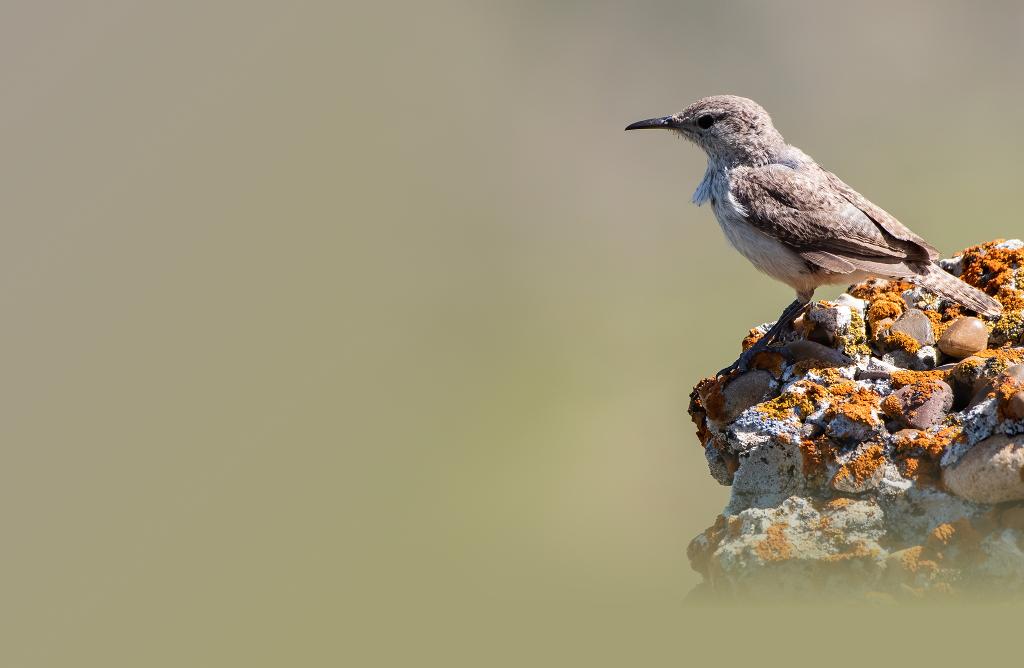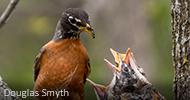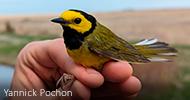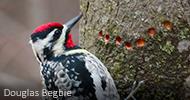The Blue-gray Gnatcatcher builds a cup-shaped nest using a combination of materials such as plant fibers, spider silk, lichens, and mosses, with the spider silk playing a crucial role in holding the nest together and providing flexibility. This species can be identified by its small size and its habit of flicking its tail, revealing the white feathers at the edge.
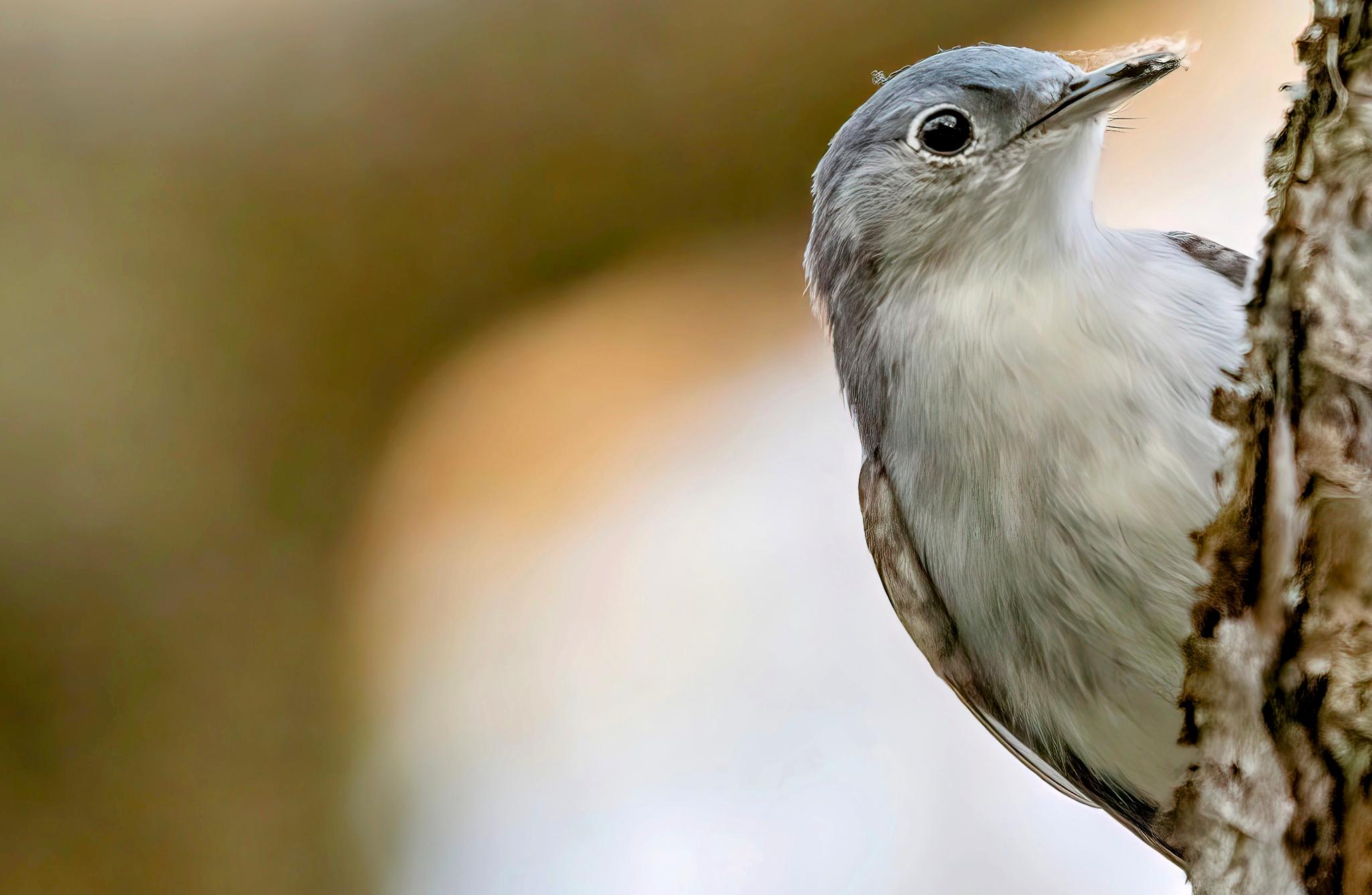
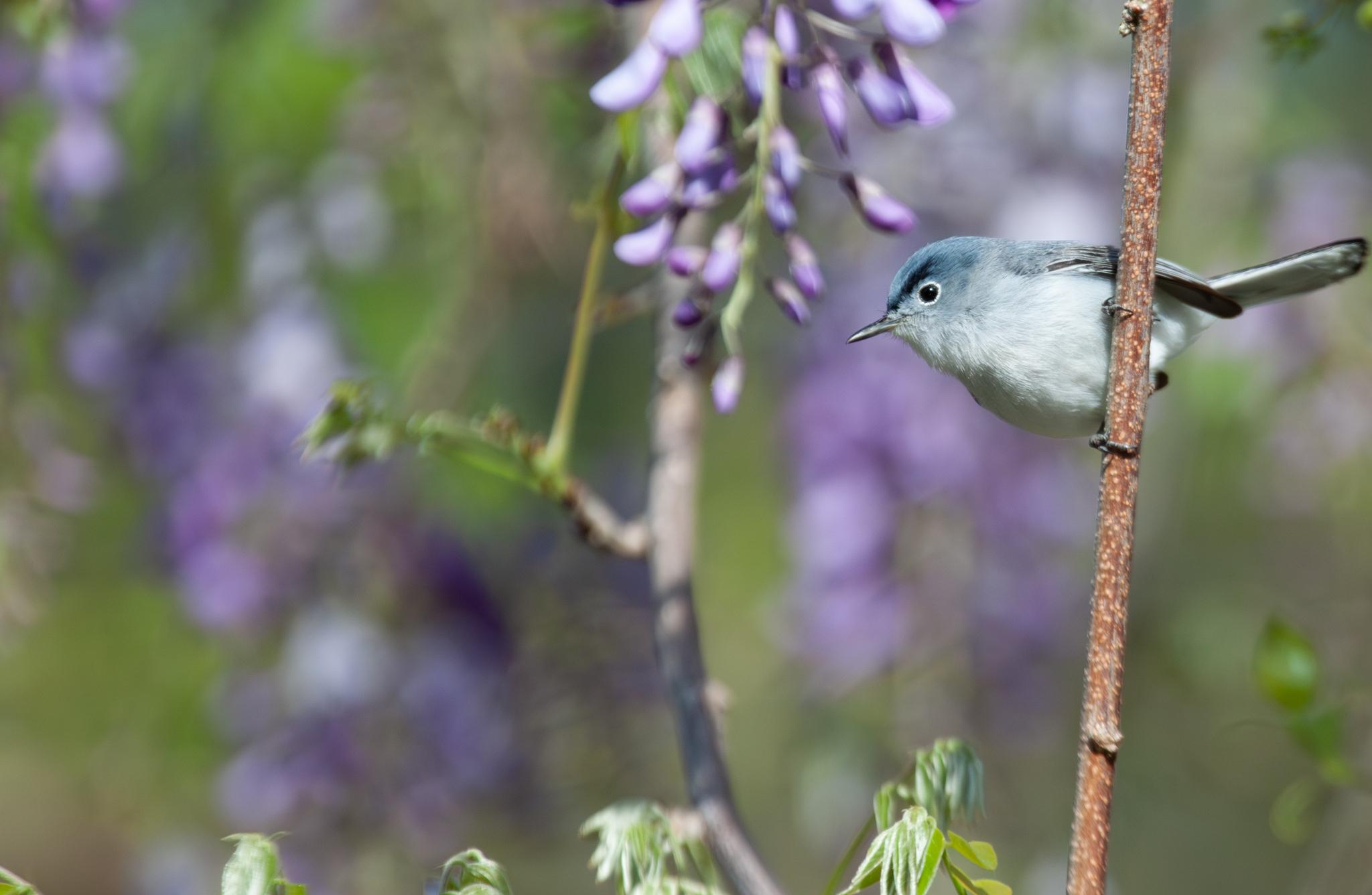
Change media quality
Change image quality to reduce page loading times
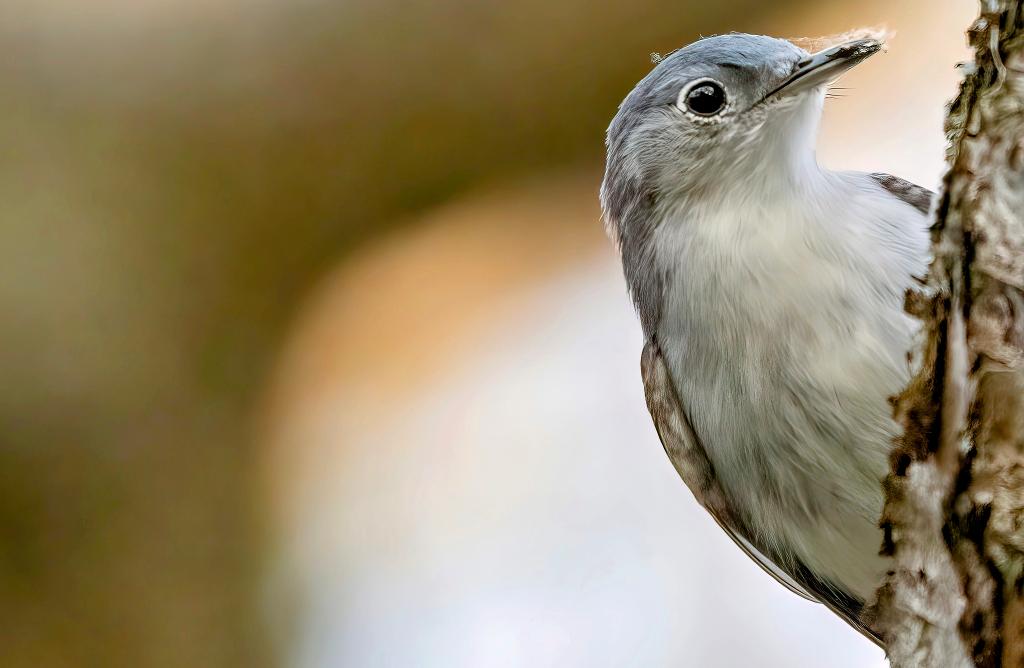 Blue-gray Gnatcatcher
Blue-gray Gnatcatcher
The Blue-gray Gnatcatcher occurs in southern Ontario and extreme southwestern Quebec, and winters from the southeastern United States through Mexico and Central America. It lives in deciduous woodlands, especially near water. There are approximately 93,000 individuals in Canada, representing only 0.04% of the global population and a very low degree of Canadian responsibility. The population of Blue-gray Gnatcatcher in Canada increased steadily from 1970 to the early 2000s. From 2010 to present, the population then fell substantially. Over the long term, data from the Breeding Bird Survey show a large increase from 1970 to today, but the population is below its goal range because it has recently declined to below the long-term average.






The population of Blue-gray Gnatcatcher in Canada is monitored best by the Breeding Bird Survey, which samples the breeding range well, is highly suitable for the species, and has moderate precision. The national trend increased slowly from the early 1970s to mid-1980s, then more rapidly until the 1990s, peaking in the early 2000s. It then declined from around 2010, and is now around its level from the late 1980s. In spite of this decline, the population is currently nearly 400% above its level from the early 1970s.
The goal for Blue-gray Gnatcatcher is to remain at or above its average population level from 1970 to 2022, based on the Breeding Bird Survey. Although its population is much higher than in 1970, a recent decline has put it below its long term average. For this reason, Blue-gray Gnatcatcher is currently below its goal range.
| Designation | Geographic Area | Status | CITATION |
|---|---|---|---|
| IUCN | Global | Least Concern | |
| Wild Species | Canada | Apparently secure |
The Blue-gray Gnatcatcher builds a cup-shaped nest using a combination of materials such as plant fibers, spider silk, lichens, and mosses, with the spider silk playing a crucial role in holding the nest together and providing flexibility. This species can be identified by its small size and its habit of flicking its tail, revealing the white feathers at the edge.
Blue-gray Gnatcatcher is primarily reported between April and October in Canada, as it migrates south in the nonbreeding season. A dip in observations during summer likely reflects a change in the behaviour of the birds or birders, rather than actual abundance.


